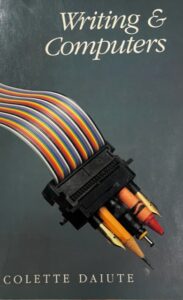Recently, I was asked, by a colleague, to attend a lecture given by a Midwest professor making the rounds in New York. He was espousing the value of multimodal creativity as a legitimate vehicle for student critical expression. I was excited to hear what he had to say. The presentation given was a companion piece to his recent book, marketed as the latest in pedagogy, trending across the nation. He suggested that we need to allow students to express themselves in their chosen digital language similar to how we might embrace any other diversity, and he then proceeded to show some student work. It was glamorous and stylized almost worthy of a gallery display. Some was reminiscent of Andy Warhol or a techno-club backdrop. The work was nothing if not expressive of particular points of view. But, what, definitively, those points of view were, I probably could not tell you. I also could not tell you what the purpose of what that work was – or for whom it was intended. Students in the room were overtly approving. Some teachers, though, were shifting uncomfortably in their seats.
Questions were taken, and I could not help but ask, “Are you afraid that you might lose some critical depth in inquiry by emphasizing these productions as primary forms of communication?” An answer was given (No.) but it wasn’t a full answer. And yes, this presenter was advocating for an overhaul of thinking, to allow for primary placement for multimodal compositions as preferred modes of critical expression.
I walked away dissatisfied.
I think it goes back to the question, what is the purpose of academic writing? And what is our obligation as academic writing teachers? Takayoshi and Selfe suggest, “The changing nature of communication does suggest, however, that the teaching of rhetorically-based strategies for composition—the responsibility of introducing students to all available means of communicating effectively and productively, including words, images, sound—remains the purview of composition teachers” (8). But it seems we are met with extremes, on the one hand those who, like Socrates reject the efficacy of the medium for critical depth, and those like this Midwest professor, calling for complete revolution.
For those of us in the middle, the question remains, how to balance these multiple forms of critical expression? Also, how must we predict the future, to ensure we prepare our students effectively, even in the realization that the technology we are attempting to teach and integrate is changing at light speed?





